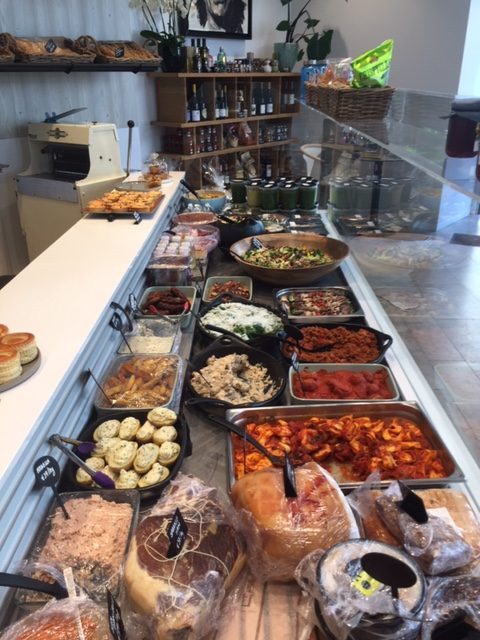

Eager to merge objects of the observable world with the flat, pictorial space of two-dimensional representation, he was propelled by Dada to move from New York to Paris, proclaiming, ‘Dada cannot live in New York. Man Ray found his artistic beginnings as an ambitious young painter whose early canvases echoed the influence of the European avant-garde. As Timothy Baum asserts, Man Ray and Picabia were “Dada brethren.” In painting, each prevailed as a purveyor of bold, radical thought each was in search of a distinctive, original form of expression. Although only casually acquainted, these two giants of art shared a footing in the emergence of Dada a century ago, helping that movement along and ultimately synthesizing it into a radical rethinking of what art can contain, be, and do.

While Man Ray and Francis Picabia met in 1915 through their mutual friend Marcel Duchamp, the exhibition on view at Vito Schnabel Gallery proposes an imaginary dialogue, one that exposes surprising affinities through juxtapositions. Man Ray & Picabia will be accompanied by a fully illustrated catalogue featuring an essay by writer and Man Ray specialist Timothy Baum. This rare grouping includes paintings that have not been on display to the public for decades. The canvases on view manifest Man Ray and Francis Picabia’s prodigious engagement with the medium of painting across multi-faceted careers marked by irreverence toward convention and an ability to cycle through the phases of modernism to arrive at exceptionally original results. An intimate presentation, the exhibition focuses on only nine paintings that span the late 1920s to the mid-1950s – a careful selection designed to invite contemplation on the nature of artistic revolution.

Beginning March 25, 2021, Vito Schnabel Gallery will present Man Ray & Picabia, a historical exhibition that brings into dialogue seminal works by two early modern masters and legendary artists of the avant-garde.


 0 kommentar(er)
0 kommentar(er)
